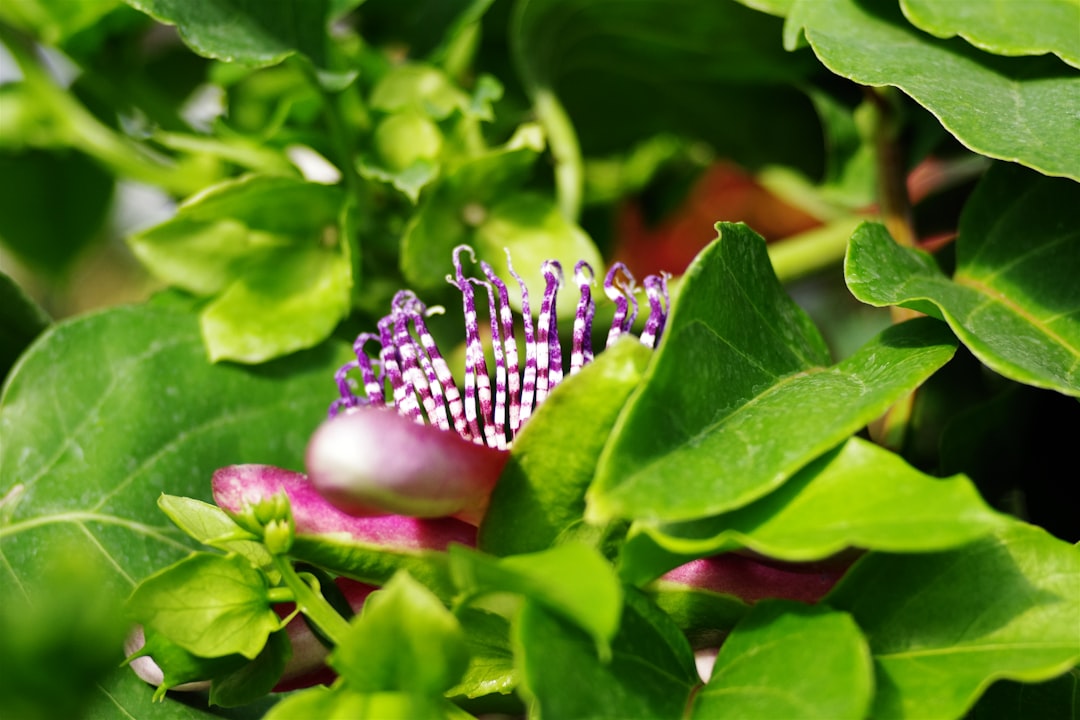The Hidden Gems for Your Mini Indoor Oasis

Indoor gardening has become a popular trend, offering a touch of nature and a sense of tranquility within the confines of our homes. Among the various options, mini indoor gardens, especially those featuring terrariums, have captured the hearts of many plant enthusiasts. These small, self - contained ecosystems not only add a decorative element to your living space but also provide a unique opportunity to nurture a variety of plants.
When it comes to choosing houseplants for your mini indoor garden, humidity - loving terrarium plants are an excellent choice. These plants thrive in the moist, enclosed environment that a terrarium provides. Let's explore some of the best small, humidity - loving terrarium plants that can transform your mini indoor garden into a lush paradise.
Ferns
Ferns are a classic choice for terrariums. Their delicate fronds add a soft, elegant touch to any mini garden. Maidenhair ferns, in particular, are well - suited for terrariums. They have fine, fan - shaped leaves that create a beautiful, lacy appearance. These ferns prefer a humid environment with indirect light. They can be a bit finicky, but with the right care, they will flourish in your terrarium. Another great option is the button fern. It has small, round leaflets that give it a unique, compact look. Button ferns are more forgiving than some other fern varieties and can tolerate slightly lower humidity levels.
Mosses
Mosses are essential for creating a natural, forest - like feel in your terrarium. They come in a variety of textures and colors, from bright green to a more muted, earthy tone. Sheet moss is a popular choice as it spreads easily and forms a dense carpet over the soil. It helps to retain moisture in the terrarium and provides a soft base for other plants. Cushion moss, on the other hand, grows in clumps and adds a three - dimensional element to the garden. Mosses are extremely low - maintenance and can thrive in the shaded, humid conditions of a terrarium.
Peperomias
Peperomias are a diverse group of plants that offer a range of leaf shapes and colors. Many peperomia species are small and compact, making them perfect for terrariums. The watermelon peperomia, for example, has leaves that resemble the rind of a watermelon, with its distinct silver and green stripes. It prefers bright, indirect light and a moderately humid environment. Another interesting variety is the baby rubber plant. It has thick, shiny leaves that give it a succulent - like appearance. Peperomias are relatively easy to care for and can add a pop of color and texture to your mini indoor garden.
Selaginellas
Selaginellas, also known as spike mosses, are not true mosses but rather primitive vascular plants. They have a unique, fern - like appearance with delicate, branching stems. The club moss selaginella has a trailing habit and can cascade over the edges of the terrarium, creating a beautiful, waterfall effect. They require high humidity and indirect light to thrive. Selaginellas are a great addition to a terrarium as they add a sense of movement and a touch of the wild.
Calatheas
Calatheas are known for their stunning foliage. Their leaves often have intricate patterns and colors, making them a focal point in any terrarium. The prayer plant, a type of calathea, gets its name from the way its leaves fold up at night, resembling hands in prayer. It prefers a warm, humid environment with filtered light. Calatheas can be a bit more challenging to care for compared to some other terrarium plants, but their beauty is well worth the effort.
In conclusion, creating a mini indoor garden with humidity - loving terrarium plants is a rewarding experience. By carefully selecting a combination of ferns, mosses, peperomias, selaginellas, and calatheas, you can design a unique and beautiful ecosystem that brings the outdoors inside. Remember to provide the right amount of light, water, and humidity, and your mini indoor garden will thrive for years to come.